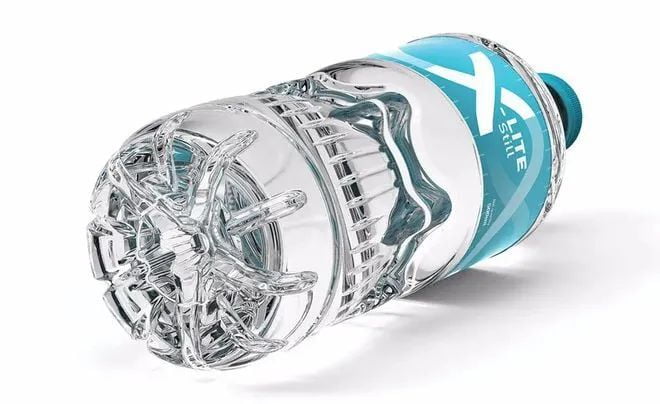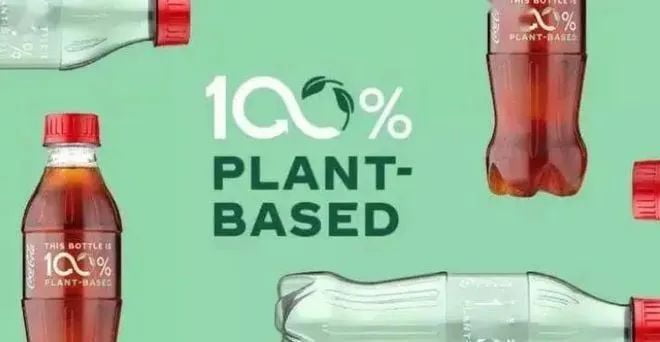A recent new report from the OECD (Organization for Economic Cooperation and Development) says that the world is producing twice as much plastic as it did 20 years ago, much of which is being landfilled, incinerated or spilled into the environment. Growing populations and incomes are driving "relentless growth" in global plastic production, the OECD said.
At present, plastic packaging materials in all types of packaging materials have accounted for more than 30% of the total, second only to paper products. In food packaging materials, plastic applications have exceeded 50% of the total amount of food packaging materials, ranking the first of all kinds of packaging materials.
With the development of the green economy, what are the current trends in packaging materials for the food industry?
Lightweight
In recent years, lightweight packaging has become the direction of transformation of food and beverage packaging, of which the trend of lightweight cans and bottles of beverage packaging is the most obvious. This type of packaging reduces the cost of materials and also has certain environmental benefits. Food and beverage packaging has a tendency to develop towards light weight.
Sidel, for example, offers a 500 ml PET packaging solution, X-LITE Still, for non-pressurized hydrostatic water, weighing only 6.5 grams at 195 mm height, while being compatible with rPET, recycled PET.

Bio-based
European Bioplastics (EUBP) predicts "dynamic growth" for the global bioplastics industry.
Innova Market Insights reports that F&B products using biodegradable packaging grew by 16.4% and biodegradable products grew by 53.9% (Global, CAGR [2015-2019]).
For example, Coca-Cola launched its first ever bottle made of 100% plant-based plastic, made of 30% plant-based materials; Suntory Group created a prototype PET bottle made of 100% plant-based materials for Orangina in Europe and Suntory Tennensui bottled mineral water in Japan; Corona launched a new zero-waste bottle made of recycled straw for the world Green packaging ......

Low Carbon
Currently, low-carbon beer packaging is one of the biggest trends in the environmentalization of food and beverage. Many international food and beverage giants are trying to make more attempts in order to provide more environmentally friendly and low carbon beverage packaging solutions.
Leading organic milk brand Goldenseal announces the debut of 0 aluminum foil* low carbon** paper-based composite packaging in China; Budweiser piloted the production of 5 million Budweiser 440ml "ultra-low carbon" aluminum cans in the UK, with a 95% lower carbon footprint than ordinary aluminum cans; Master Kong launched the main low-carbon concept of label-free PET bottle packaging ......
The push for environmental sustainability across the food and beverage industry is influencing packaging developments. Plastic reduction remains a key consumer requirement for ready-to-eat food packaging. In addition, with increasingly stringent laws requiring recyclability and circularity, the greening of food packaging is "always paramount".

